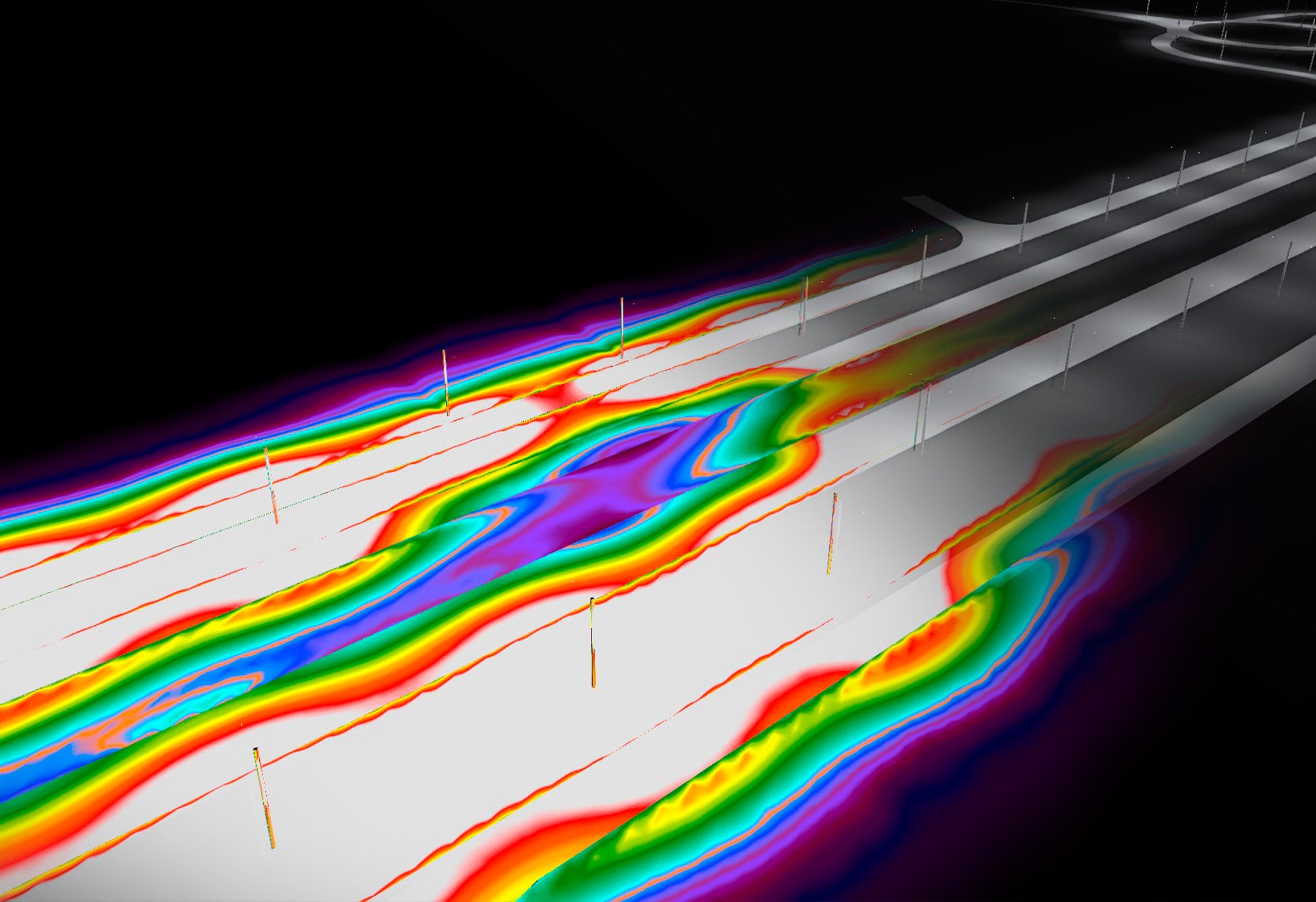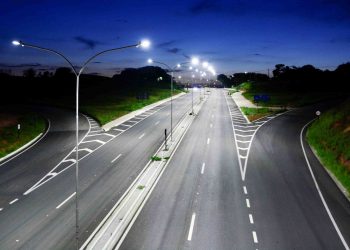
What Should the Luminous Technical Study of Public Lighting Consider?
Public lighting plays a fundamental role in our cities, ensuring safety, precise visibility, comfort, and beauty in urban spaces. But have you ever thought about all the details involved in the luminous technical study and how standards can guide public lighting to create more efficient projects? In this article, we will explore the key aspects that must be considered when conducting the luminous technical study for public lighting, delving into what is essential for LED lighting projects that meet the highest standards of quality and safety in our cities.
According to NBR 5101, public lighting projects must meet specific user requirements, providing economic and social benefits for citizens. Therefore, a well-executed luminous technical study is essential to meet the requirements on all roads.
The Luminous Technical Study: Fundamentals and Considerations
The luminous technical study is a planning and simulation of the functional environment in software, under real conditions of the roads to be illuminated. Through a detailed and technical process, the means to obtain ideal lighting parameters for a specific space are defined, regardless of its segment.
When applied to public lighting, this study becomes even more important since its main goal is not only to provide visibility but also to contribute to the safety, comfort, and aesthetics of illuminated areas. It also directly impacts public coffers and taxpayer money, thanks to energy savings. Here are some of the most relevant considerations that the luminous technical study of public lighting needs to cover:
- Adequate Illuminance Levels: The study begins by determining the necessary illuminance levels for each specific area, as outlined in the Brazilian standard. Streets, squares, avenues, and traffic lanes differ in their lighting requirements, and it is crucial to establish the correct level to ensure adequate visibility. The NBR specifies the minimum requirements according to the classification of roads, but in a specific situation, the engineer conducting the study may identify a need for more lux (light intensity) for that location.
- Distribution of Lighting: The distribution of luminaires directly influences the uniformity of lighting. The study analyzes the location, installation height, angle, and spacing between luminaires, aiming to minimize shadows, dark areas, and points with excessive brightness.
- Energy Efficiency: SX Lighting, as a manufacturer of LED luminaires, understands the importance of energy efficiency. The study takes into account the selection of luminaires with high luminous efficacy and low consumption, maximizing lighting quality while reducing energy consumption and associated costs such as maintenance and replacements.
- Light Direction and Light Pollution: The direction of light emitted by luminaires is carefully evaluated to minimize glare and light pollution, preserving the nighttime environment and reducing environmental impact.
- Color Temperature and Visual Impact: The light color temperature influences visual perception and the atmosphere of illuminated areas. The study considers the appropriate color temperature for each activity in the area, pedestrian and vehicular flow, creating welcoming and safer environments.
- Sustainability and Longevity: The study should also cover sustainability aspects, such as luminaire durability and the possibility of future adjustments, such as the inclusion of management systems for remote control and maintenance without the need for frequent replacements and disposals.
- Standards and Regulations: Brazilian legislation establishes specific standards for public lighting. The luminous technical study ensures that SX Lighting projects comply with these regulations, such as NBR 5101 and INMETRO Ordinance 20, avoiding legal issues and ensuring user safety.
- Control and Automation: The use of presence sensors and photocells is an intelligent solution to adjust light intensity according to the need, further optimizing energy consumption. At SX Lighting, we offer smart luminaires that can be integrated into centralized management systems, providing precise control and flexibility in adjustments.
As SX Lighting continues to innovate and improve its LED public luminaires, the luminous technical study remains a fundamental pillar in its processes to deliver the best lighting solution for your needs. Through careful analysis of elements such as illuminance levels, light distribution, and energy efficiency, we ensure that your public lighting solutions not only illuminate spaces but also contribute to the quality of life of communities and the preservation of the environment.
Rely on SX Lighting’s expertise for your public lighting project! Contact our specialists now.
Share







